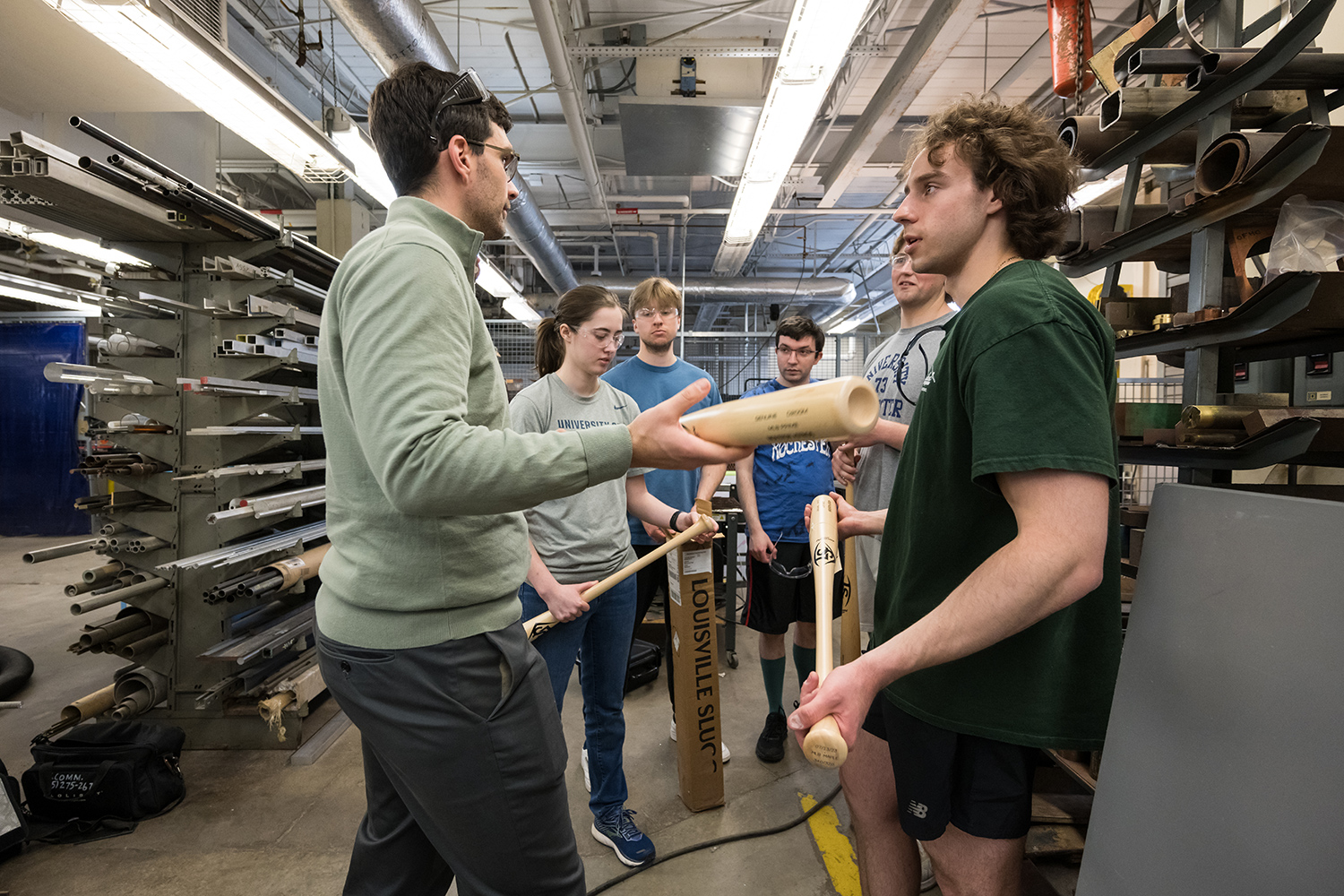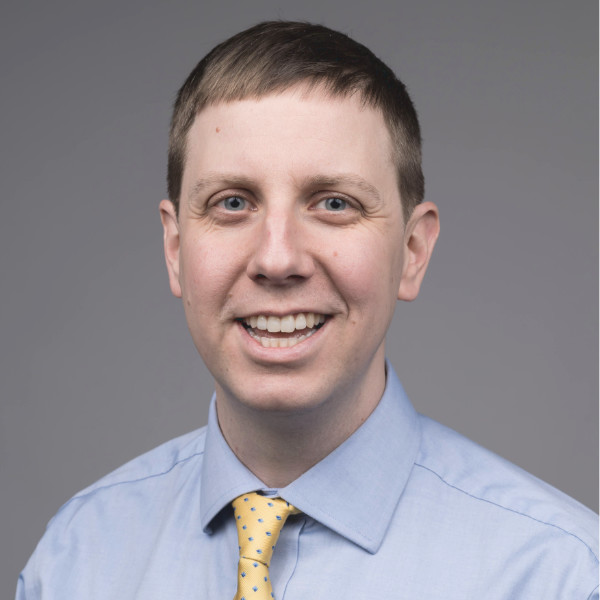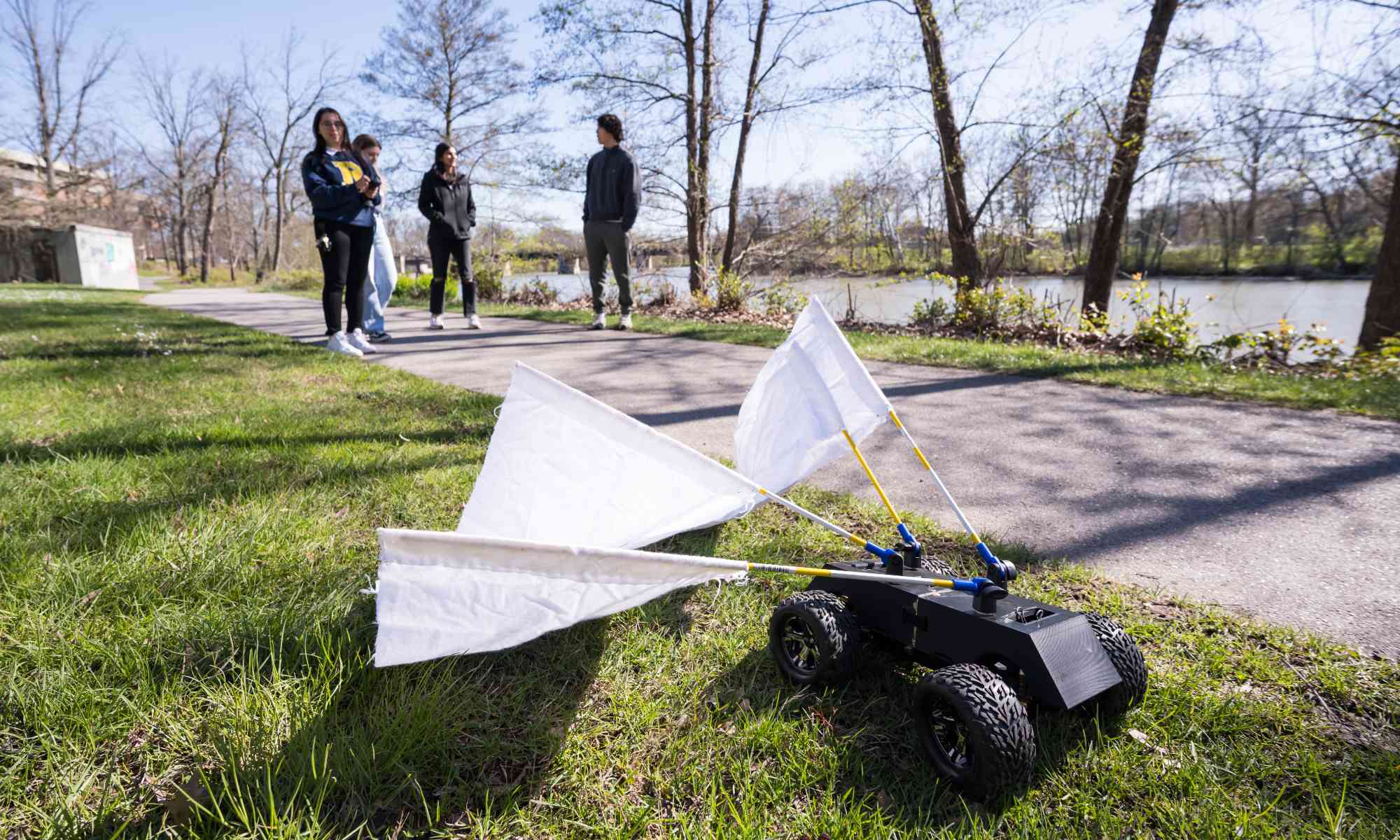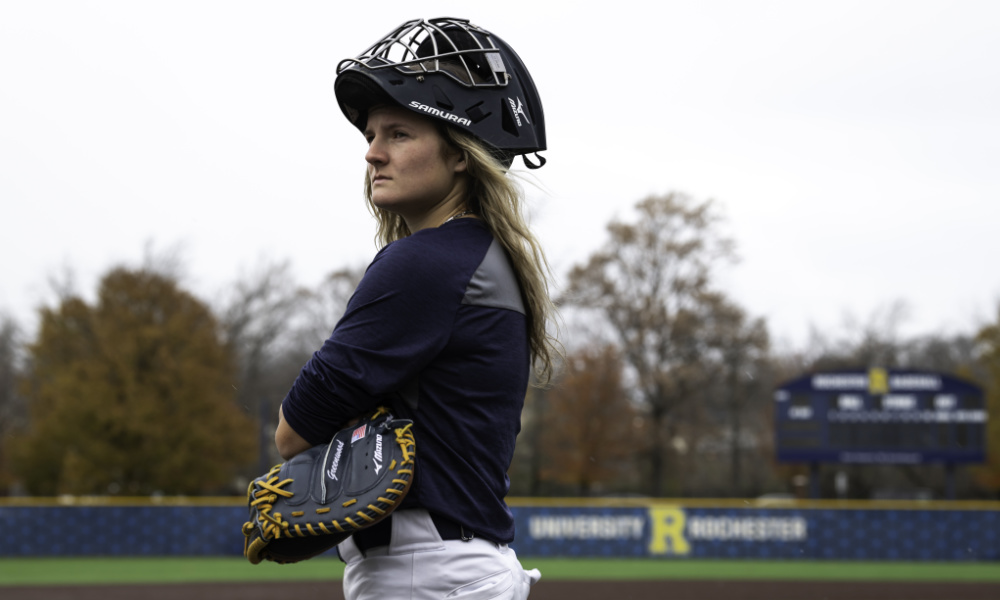JJ Ruby helps the Major League Baseball team gain an edge through experimental physics and computational statistics
Major League Baseball legend Ted Williams famously said, “hitting a baseball is the hardest thing to do in sports.”
Over the years, teams have become increasingly scientific in their efforts to get players on base and beat out the competition, looking to fields like statistics, nutrition, and psychology to help players improve.
Now, one MLB team has tapped a University of Rochester alumnus who previously conducted fusion experiments at the Laboratory for Laser Energetics (LLE) and Lawrence Livermore National Laboratory (LLNL) to help their players find a competitive advantage.
JJ Ruby ’21 (PhD) is the senior director of research and development for the Houston Astros, where he leads a staff of 17 software developers and research analysts. Ruby’s staff works to ingest the massive amounts of data collected on players, develop tools to analyze the data, and conduct experiments in areas including aerodynamics and biomechanics.
“The landscape of the type of data in baseball is changing significantly,” says Ruby. “Now it’s a lot more akin to something like the data that I’d be taking at the LLE or during day-to-day work within physics or different engineering fields, than it is statistics data.”
For example, Ruby notes that with the implementation of the Hawk-Eye computer vision system in 2020, every single play at the major league level produces data about the position of each joint on the pitcher’s and hitter’s bodies every three milliseconds. Extracting meaningful intelligence from those massive amounts of data is a tall order.
“My job is to drive large projects that make sense of that data and set players up to develop new skills and succeed,” says Ruby.

Curveballs on the career path
Ruby grew up in rural Pennsylvania playing baseball and, like many American youth, dreaming of making it to the major leagues. But he also developed a love of science and became a first-generation college student, majoring in astrophysics and planetary science at Villanova University.
During a summer internship at LLNL, he learned about Rochester’s physics graduate program and the LLE. He would enroll in graduate school and develop lasting relationships with his advisors, LLE Senior Scientist Ryan Rygg and Gilbert (Rip) Collins, the Tracy Hyde Harris Professor of Mechanical Engineering, a professor of physics and astronomy, and an associate director of science, technology, and academics at the LLE.
“Ryan and Rip gave me a lot of creative freedom during my PhD to approach problems that I found interesting,” says Ruby. “I did a really healthy variety of experiments, theory, data analysis, and computational work and it turns out that’s a very valuable mix of skills to develop that’s broadly applicable.”
While finishing up his doctorate and searching for jobs, he stumbled upon a post that he thought was too good to be true: a Bayesian inference scientist for the Houston Astros.
“I thought to myself, ‘That’s weirdly specific,’” he says. “I clicked on the job ad, and it basically described my thesis.”
He hit it off during the interview process with the Astros but another offer for a postdoctoral fellowship at LLNL was too tempting to pass up. Still, he agreed to do consulting work with the Astros, traveling to events like spring training when he could help. In 2022, he left LLNL to work full-time with the Astros as their lead innovator.
Ruby says he is invigorated by the challenges baseball presents and that he has a wealth of opportunities to collaborate at all levels of the organization, from farm teams to top players.
“The Astros excel at building the relationships between coaches, scouts, field, staff, medical staff, and the research team. Everything is seamless,” says Ruby. “If I were to come up with an idea tomorrow that I thought was compelling, there are many individuals in the organization I could call up and I know they would be excited to start trying it out and iterate.”
Coaching the next generation of researchers
“Even when I went to the Astros full-time, I definitely didn’t want to fully leave the academic sphere,” says Ruby.
So, he called his advisors at Rochester to see if there was an opportunity to stay engaged and work with students. In fall 2023, he joined the Department of Mechanical Engineering as a visiting professor, where he provides guest lectures and mentors senior design students.
This spring, he pitched four project ideas to the team, and they elected to create a device to launch balls at speeds ranging from 100 to 175 miles per hour to hit a half-inch radius target.
Ruby hopes the device will help his team find ideal bat materials, designs, and swing angles for specific scenarios. Wooden bats are surprisingly complex because they are made of organic material, and Ruby says that while other sports like golf are very intentional about the materials and designs of clubs, a player’s choice of bat is often rooted in superstition.
“We don’t have a great feel within baseball about the performance of bats,” he says. “There’s not a ton of care or thought put into the choice of bat and I think there’s room for improvement there.”
Ruby says the first senior capstone project with Rochester students was a great start and he looks forward to exploring additional problems over the next several years with future groups of students.




